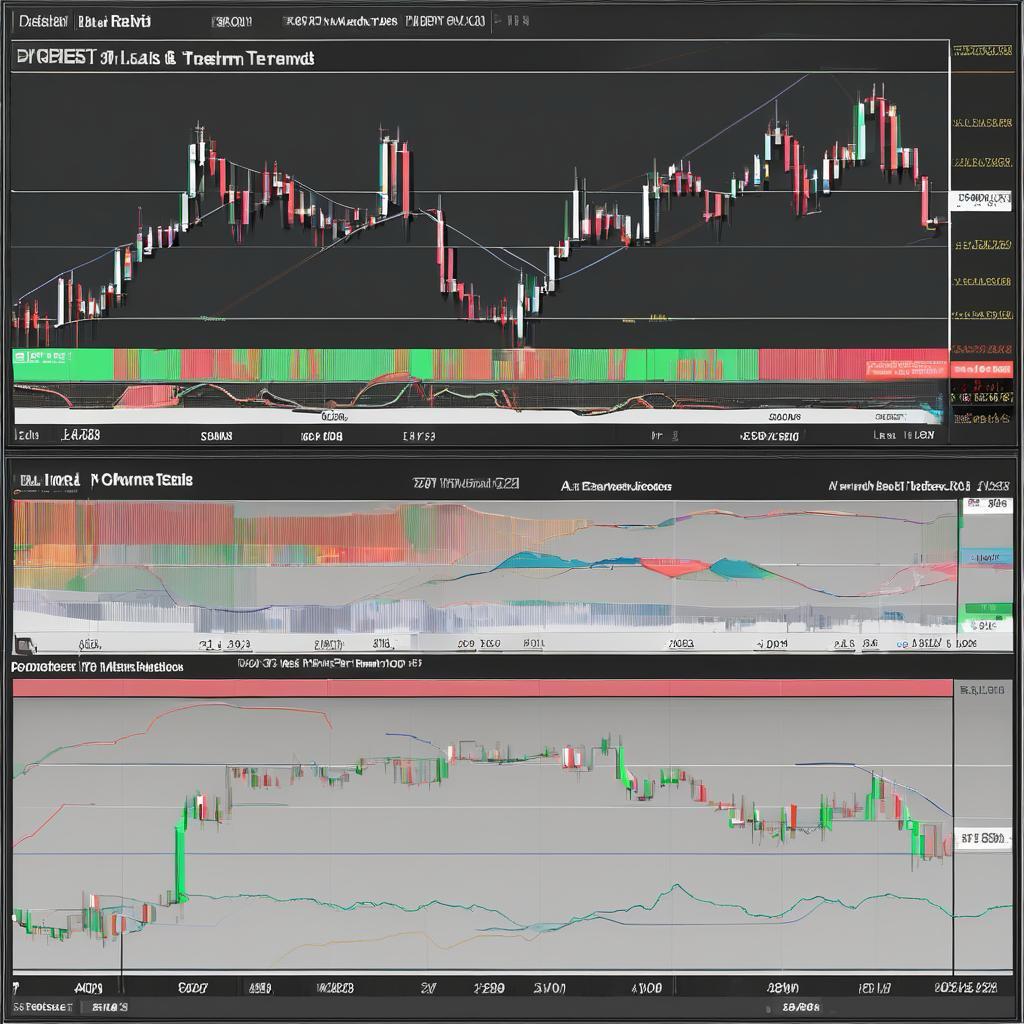- Masih Rezvani
- September 1, 2024
- Article
Comprehensive and Practical Explanation of Position Trading
Preface
Dr. Rezvani is one of the leading analysts in financial markets and a specialist in trading and investment strategies. With a long-standing history in financial education and consultancy, he has established himself as a respected name in the world of trade and investment. Throughout his career, Dr. Rezvani has consistently strived to assist traders and investors in achieving their financial goals by providing precise analysis and practical strategies. This article, authored by Dr. Rezvani, delves into one of the most significant and widely used trading strategies—Position Trading.
A Comprehensive and Practical Explanation of Position Trading
Position Trading is one of the most popular and widely used styles in the world of trading and investment, particularly suitable for individuals with a long-term perspective on financial markets. Unlike short-term strategies, where traders seek to capitalize on daily or weekly market fluctuations, position trading focuses on investing and holding assets for a more extended period. This duration can range from several months to several years.
Principles and Fundamentals of Position Trading
- Fundamental Analysis: Long-term traders primarily rely on fundamental analysis. This analysis involves a thorough examination of economic, financial, and industrial factors that can influence the performance of a specific asset. These factors may include companies’ financial reports, economic news, changes in government policies, and global developments. The goal of fundamental analysis is to determine the intrinsic value of an asset and make buy or sell decisions based on long-term forecasts.
- Patience and Discipline: Position trading requires patience and discipline. Traders must be able to adhere to their investment plans without being swayed by short-term market fluctuations. This is especially important during periods of high market volatility. A position trader must trust their strategy and avoid making hasty decisions.
- Risk Management: Risk management is of utmost importance in position trading. Traders should use tools like stop orders and portfolio diversification to protect against potential losses. Additionally, setting realistic goals and determining stop-loss levels for each trade are other essential principles in risk management.
- Timing: Although position trading is less dependent on precise timing, entering a trade at the right time can significantly enhance investment returns. In this strategy, traders seek entry and exit points that, based on their long-term analysis, will yield the best returns in the future.
Advantages and Disadvantages of Position Trading
Advantages:
- Reduced Stress: Unlike short-term trading, which requires constant market monitoring, position trading allows traders to benefit from the market without continuous oversight.
- Lower Costs: Due to fewer trades, transaction costs and fees are generally lower in this strategy.
- Potential for Higher Returns: If suitable assets are chosen and properly analyzed, position trading can offer higher returns compared to short-term trading.
Disadvantages:
- Capital Requirement: To fully benefit from position trading, a higher initial investment is typically required.
- Tolerance for Volatility: In this strategy, traders must be able to endure market volatility, as assets may experience short-term declines in value.
Conclusion
Position Trading is an effective and efficient strategy for investing in financial markets. This strategy is particularly suited for those who wish to benefit from long-term trends without getting involved in daily market fluctuations. By relying on fundamental analysis, discipline, and risk management, traders can use this strategy as a tool to achieve their long-term financial goals. This article, penned by Dr. Rezvani, aims to help you gain a deeper understanding of position trading, enabling you to make more informed decisions in the financial markets.



